-
 bitcoin
bitcoin $124586.364639 USD
0.62% -
 ethereum
ethereum $4670.671710 USD
3.33% -
 xrp
xrp $2.983701 USD
0.18% -
 tether
tether $1.000175 USD
-0.03% -
 bnb
bnb $1209.430642 USD
2.76% -
 solana
solana $231.365861 USD
0.51% -
 usd-coin
usd-coin $0.999665 USD
-0.02% -
 dogecoin
dogecoin $0.264657 USD
4.46% -
 tron
tron $0.346415 USD
1.60% -
 cardano
cardano $0.871586 USD
3.70% -
 chainlink
chainlink $23.451270 USD
7.56% -
 hyperliquid
hyperliquid $46.860071 USD
-2.96% -
 ethena-usde
ethena-usde $1.000120 USD
0.04% -
 sui
sui $3.611279 USD
1.08% -
 stellar
stellar $0.407149 USD
0.96%
Kraken contract strategy
Kraken's contract trading suite offers a multifaceted spectrum of options, encompassing futures contracts for leveraged trading, perpetual contracts for continuous exposure, and margin trading for amplified potential.
Nov 08, 2024 at 02:12 am
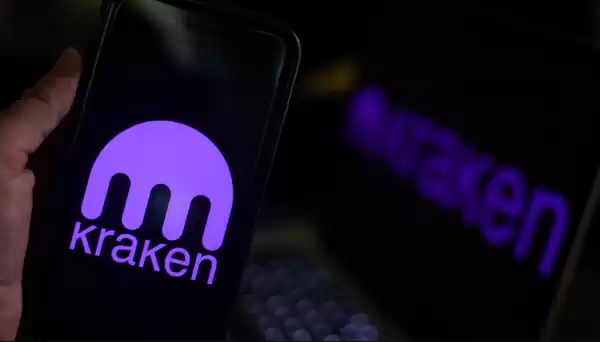
Kraken, a leading cryptocurrency exchange renowned for its robust security and diverse trading offerings, provides a comprehensive suite of contract trading options to cater to the needs of both novice and experienced traders. This guide will delve into the intricacies of Kraken contract strategy, encompassing a holistic overview of the platform's contract offerings, advanced trading tactics, and risk management techniques. By assimilating this knowledge, traders can unlock the full potential of Kraken's contract trading platform and navigate the volatile digital asset markets with confidence.
Embracing Kraken's Contract Offerings- Futures Contracts: A Gateway to Leveraged Trading
Kraken futures contracts serve as a cornerstone of the exchange's contract offerings, enabling traders to speculate on the future price direction of underlying cryptocurrencies while leveraging their capital. These standardized contracts establish a predetermined price and expiry date for the underlying asset, empowering traders to amplify their market exposure without sacrificing capital efficiency.
- Perpetual Contracts: Continuous Trading Without Expiry
Perpetual contracts, also referred to as perpetual swaps, constitute another pivotal component of Kraken's contract suite. Unlike futures contracts, these instruments do not adhere to a predetermined expiry date, offering traders the flexibility to maintain positions indefinitely. With perpetual contracts, traders can avoid the hassle of rolling over contracts near expiry and maintain seamless exposure to market fluctuations.
- Spot vs. Futures vs. Perpetuals: Navigating the Differences
Recognizing the nuances between spot, futures, and perpetual contracts is essential for effective contract strategy implementation. Spot contracts involve the immediate delivery of the underlying asset at the current market price. Futures contracts, as discussed earlier, establish a future delivery date and price for the underlying asset. Perpetual contracts, on the other hand, mimic the characteristics of both spot and futures contracts, offering continuous trading without a predefined expiry date.
- Margin Trading: Unleashing the Power of Leverage
Margin trading, an integral aspect of contract trading on Kraken, allows traders to augment their capital by borrowing funds from the exchange. This potent tool can magnify both profits and losses, necessitating a comprehensive understanding of risk management principles and a measured approach to position sizing.
- Order Types: Executing Trades Strategically
Kraken's contract trading platform empowers traders with a diverse array of order types, each designed to fulfill specific trading objectives. Limit orders enable traders to execute trades at a predetermined price, ensuring precision in order execution. Market orders, on the other hand, prioritize speed of execution, matching traders with the best available market price. Stop-loss orders safeguard traders from adverse price movements, automatically executing trades when the market price reaches a specified level. Take-profit orders, conversely, lock in profits by initiating trades when the market price ascends to a predetermined level.
Disclaimer:info@kdj.com
The information provided is not trading advice. kdj.com does not assume any responsibility for any investments made based on the information provided in this article. Cryptocurrencies are highly volatile and it is highly recommended that you invest with caution after thorough research!
If you believe that the content used on this website infringes your copyright, please contact us immediately (info@kdj.com) and we will delete it promptly.
- BlockDAG, DOGE, HYPE Sponsorship: Crypto Trends Shaping 2025
- 2025-10-01 00:25:13
- Deutsche Börse and Circle: A StableCoin Adoption Powerhouse in Europe
- 2025-10-01 00:25:13
- BlockDAG's Presale Buzz: Is It the Crypto to Watch in October 2025?
- 2025-10-01 00:30:13
- Bitcoin, Crypto, and IQ: When Genius Meets Digital Gold?
- 2025-10-01 00:30:13
- Stablecoins, American Innovation, and Wallet Tokens: The Next Frontier
- 2025-10-01 00:35:12
- NBU, Coins, and Crypto in Ukraine: A New Yorker's Take
- 2025-10-01 00:45:14
Related knowledge
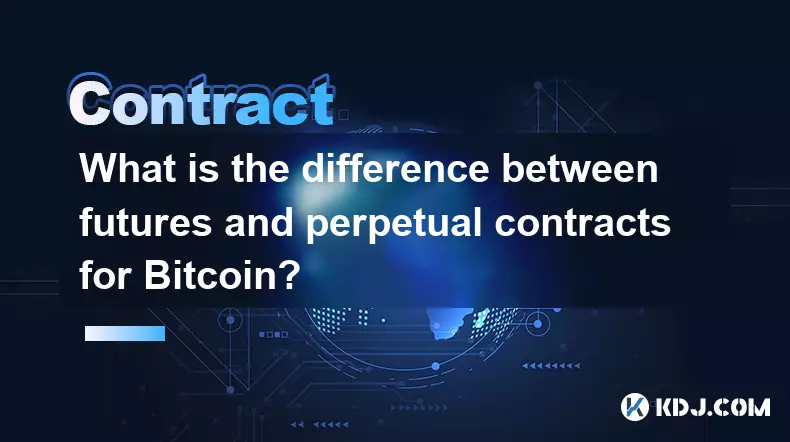
What is the difference between futures and perpetual contracts for Bitcoin?
Oct 02,2025 at 11:54pm
Understanding Bitcoin Futures Contracts1. Bitcoin futures are derivative instruments that allow traders to speculate on the future price of Bitcoin at...
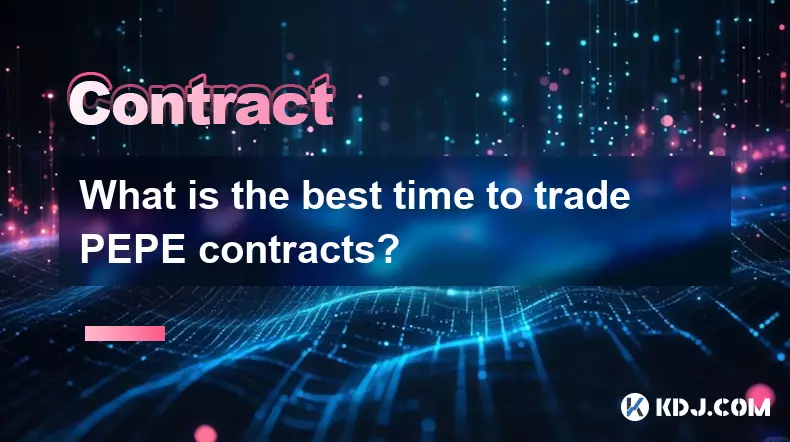
What is the best time to trade PEPE contracts?
Oct 03,2025 at 11:54am
Understanding PEPE Contract Volatility1. PEPE contracts exhibit extreme price fluctuations due to their meme-based nature and low market cap. Trading ...
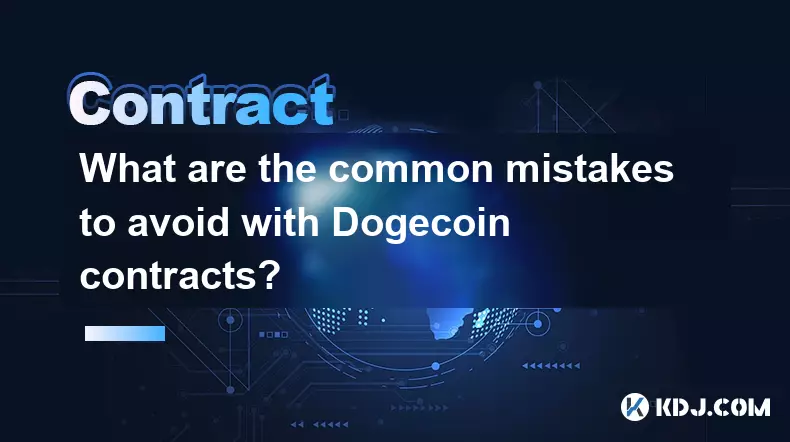
What are the common mistakes to avoid with Bitcoincoin contracts?
Oct 03,2025 at 08:54am
Emerging Trends in the Cryptocurrency Market1. Decentralized finance (DeFi) platforms continue to expand their influence across the blockchain ecosyst...

What is the maintenance margin for Bitcoin contracts?
Oct 02,2025 at 01:36am
Decentralized Exchanges Gain Momentum in 20241. Decentralized exchanges (DEXs) have seen a significant rise in trading volume, surpassing centralized ...
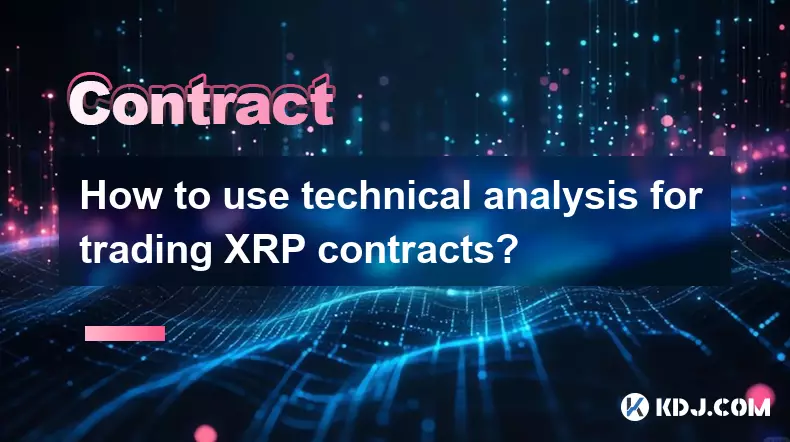
How to use technical analysis for trading XRP contracts?
Oct 03,2025 at 01:18pm
Understanding Price Patterns in XRP Futures1. Identifying chart patterns such as triangles, head and shoulders, and double tops or bottoms can provide...

What does "longing" PEPE contracts mean?
Oct 03,2025 at 11:54pm
Understanding Decentralized Exchanges in the Crypto Ecosystem1. Decentralized exchanges (DEXs) operate without a central authority, allowing users to ...

What is the difference between futures and perpetual contracts for Bitcoin?
Oct 02,2025 at 11:54pm
Understanding Bitcoin Futures Contracts1. Bitcoin futures are derivative instruments that allow traders to speculate on the future price of Bitcoin at...

What is the best time to trade PEPE contracts?
Oct 03,2025 at 11:54am
Understanding PEPE Contract Volatility1. PEPE contracts exhibit extreme price fluctuations due to their meme-based nature and low market cap. Trading ...

What are the common mistakes to avoid with Bitcoincoin contracts?
Oct 03,2025 at 08:54am
Emerging Trends in the Cryptocurrency Market1. Decentralized finance (DeFi) platforms continue to expand their influence across the blockchain ecosyst...

What is the maintenance margin for Bitcoin contracts?
Oct 02,2025 at 01:36am
Decentralized Exchanges Gain Momentum in 20241. Decentralized exchanges (DEXs) have seen a significant rise in trading volume, surpassing centralized ...

How to use technical analysis for trading XRP contracts?
Oct 03,2025 at 01:18pm
Understanding Price Patterns in XRP Futures1. Identifying chart patterns such as triangles, head and shoulders, and double tops or bottoms can provide...

What does "longing" PEPE contracts mean?
Oct 03,2025 at 11:54pm
Understanding Decentralized Exchanges in the Crypto Ecosystem1. Decentralized exchanges (DEXs) operate without a central authority, allowing users to ...
See all articles










































































